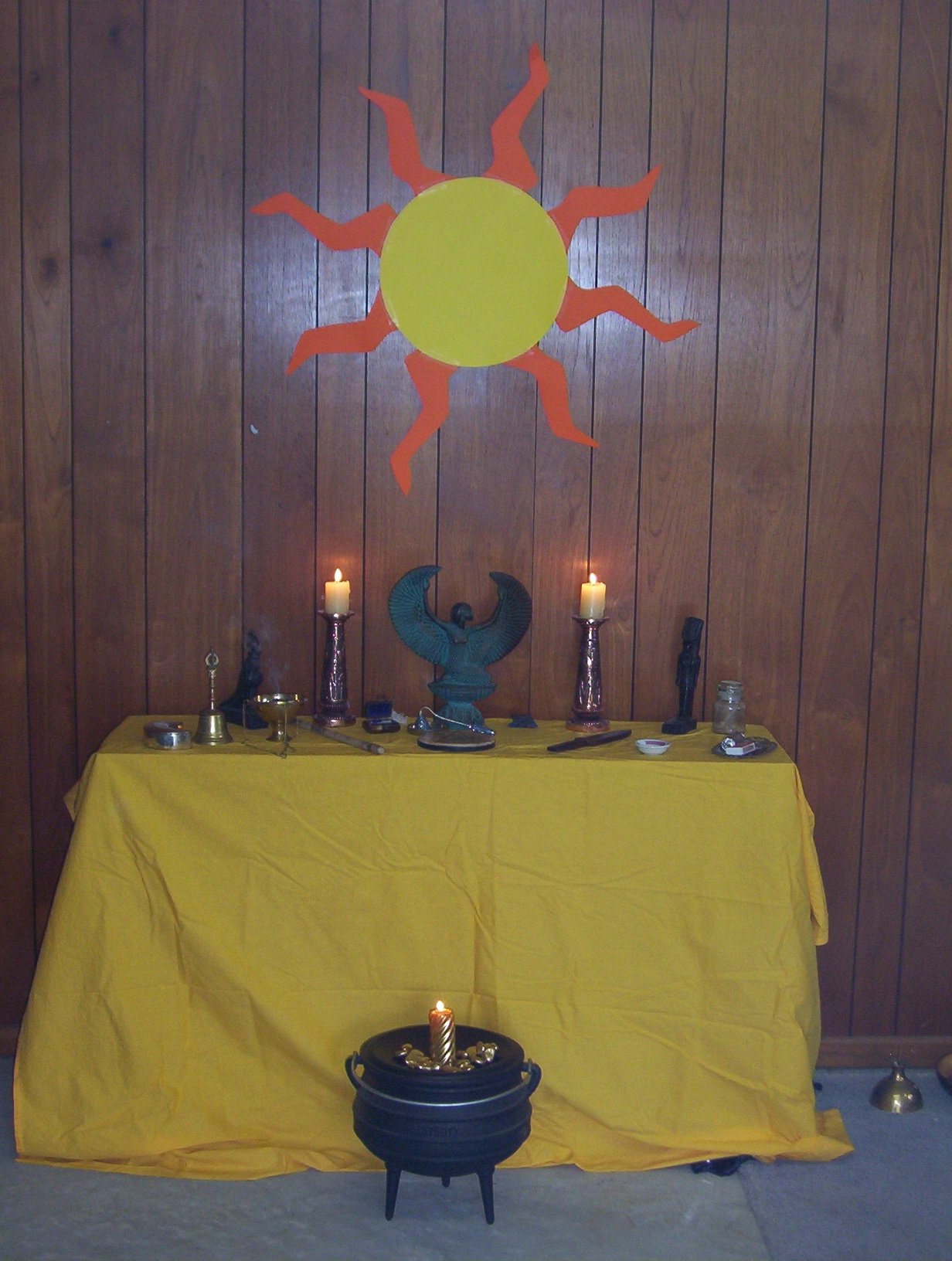Honouring the Summer Solstice
Of all the solar sabbats, the Summer Solstice is the one that marks the greater glory of the sun. To the ancient Egyptians, the sun was a great gold disc which was carried on its daily voyage by a celestial boat.
To the ancient Greeks, the sun was drawn in the solar chariot, and later personified as Helios, the God of the Day, then as Sol, and eventually as Apollo, God of the Sun and brother of the Moon Goddess, Artemis.
To the Northern Europeans, the sun was visualised as a great golden disc carried on the back of horses, and later came to be personified as Balder.
The Solar Wheel
One of the most powerful and universal sun symbols is the solar cross contained within a circle, or Solar Wheel. This was made from ivy vine, being flexible enough to be bent into a tight circle, wound around two or three times with the ends tucked around to the back.
Once the circle was been formed, two short lengths of vine, a little longer than the circle is wide, can be used to form the cross.
You can decorate your own Solar Wheel with streamers of yellow ribbons, yellow flowers or symbols of the four elements (e.g. feathers for Air, a stone for Earth, sea shells for Water and ash for Fire).
Ojo de Dios
God’s Eye Amulet
In South America and Mexico, a protection amulet that uses eye symbolism to represent the sun is a Ojo de Dios, or “God's Eye”.
This amulet is made from two sticks placed across each other to form an equilateral cross. Coloured wool is then wrapped around them to form the body of the eye.
By alternating the colours of wool the finished product looks like a stylised eye, and its four points symbolise the four directions.
In my book, Dancing the Sacred Wheel, I have instructions as to how to make your own God’s Eye amulet to represent the protective element of the sun.
An altar honouring the Sun at the Summer Solstice




